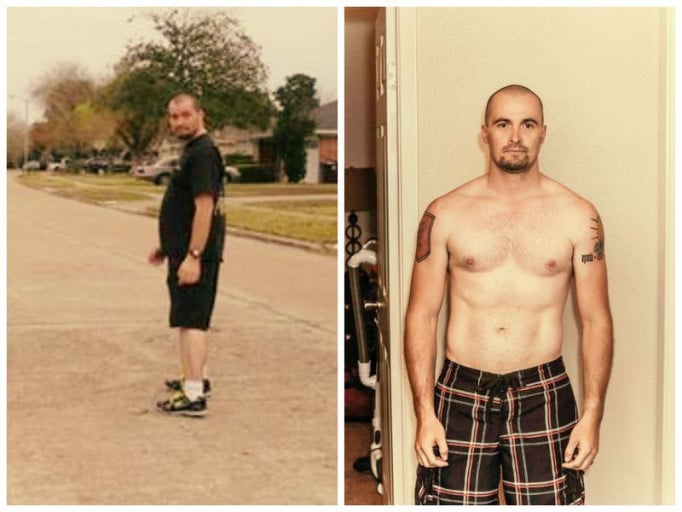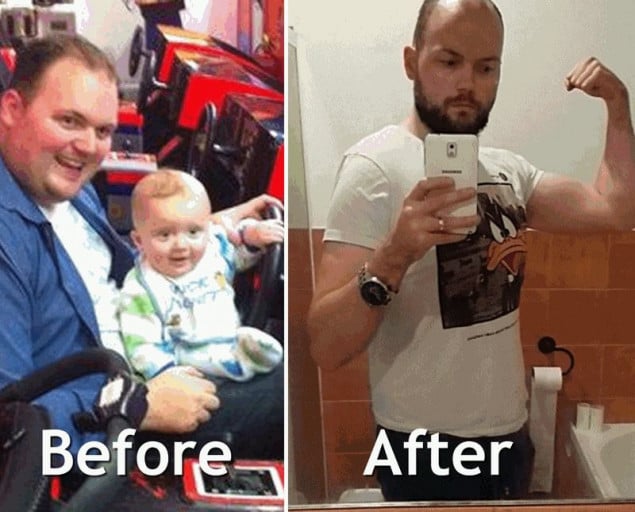A 26 Year Old Male’s 8 Week Cutting Journey: Successes and Lessons Learned
Follow the weight loss journey of a 26-year-old male on a cutting program, including strategies and pitfalls along the way.
Article by Madeleine Smith






[Update] Week 8 / 26 / Male / 6'0" / 176lbs / Cutting / CW: 170.2lbs (-5.8lbs)
Originally posted on /r/BTFC
Introduction
Foxtopus, a 26-year-old male, embarked on a cutting journey eight weeks ago to shed some body fat and improve his physique. With a starting weight of 176lbs and a height of 6’0”, he intended to eat at a caloric deficit while maintaining his muscle mass through strength training. In this article, we examine Foxtopus’ progress, share his insights, and investigate the science behind some of his strategies.
Week 1-4: A Slow Start
During the first four weeks, Foxtopus reduced his caloric intake by 500-1000 calories per day while consuming adequate protein to sustain his muscle mass. His training regimen focused on compound movements for strength and hypertrophy. In the end, he lost only 2.8lbs, which was lower than expected. Analyzing his food log, Foxtopus discovered that he was underestimating his calorie intake, particularly snacking on high-calorie foods. In the following weeks, he became more mindful of his diet through calorie tracking and better food choices.
Week 5-6: Intermittent Fasting
At week five, Foxtopus incorporated intermittent fasting into his routine, where he restricted his eating to an 8-hour window every day. He found that it made calorie control easier and improved his energy levels during exercise. Research shows that intermittent fasting can lead to a modest decrease in body weight and may improve metabolic health in some individuals. However, it should not be used as a weight loss panacea, and results may vary among individuals.
Week 7-8: Stalling and Refeeding
In the final weeks, Foxtopus hit a plateau where his weight loss stalled despite sticking to his routine. In response, he implemented a refeeding day, where he increased his caloric intake slightly to replenish his glycogen stores and jumpstart his metabolism. He found that this strategy worked well, as he lost an additional 0.5lbs the following week. Studies suggest that refeeding can have several benefits, such as boosting leptin and thyroid hormone production, which can aid in weight loss.
Conclusion
Foxtopus’ cutting journey demonstrates the importance of calorie tracking, mindful eating, and adjusting strategies along the way. While intermittent fasting and refeeding may be helpful tools, the key to sustainable weight loss is creating a caloric deficit through a combination of diet control and exercise. If you’re embarking on a weight loss journey, take inspiration from Foxtopus’ experience, but remember that everyone’s body and circumstances are different. Experiment with various approaches and find what works best for you.
Weight Snapshot Summary

Madeleine Smith
Content Lead at MyProgressPics.com
Madeleine is passionate about empowering individuals with the information and tools they need to transform their bodies and lives.

Urban Redneck's 45 Pound Weight Loss Journey in 5 and a Half Months

22Lb Muscle Gain in 5 Months: a Redditor’s Journey

A 19 Year Old's 38 Pound Weight Loss Journey in 3 Months

Amazing Transformation: Man Goes From 308Lbs to 176.37Lbs Through Dedication